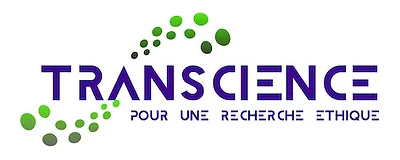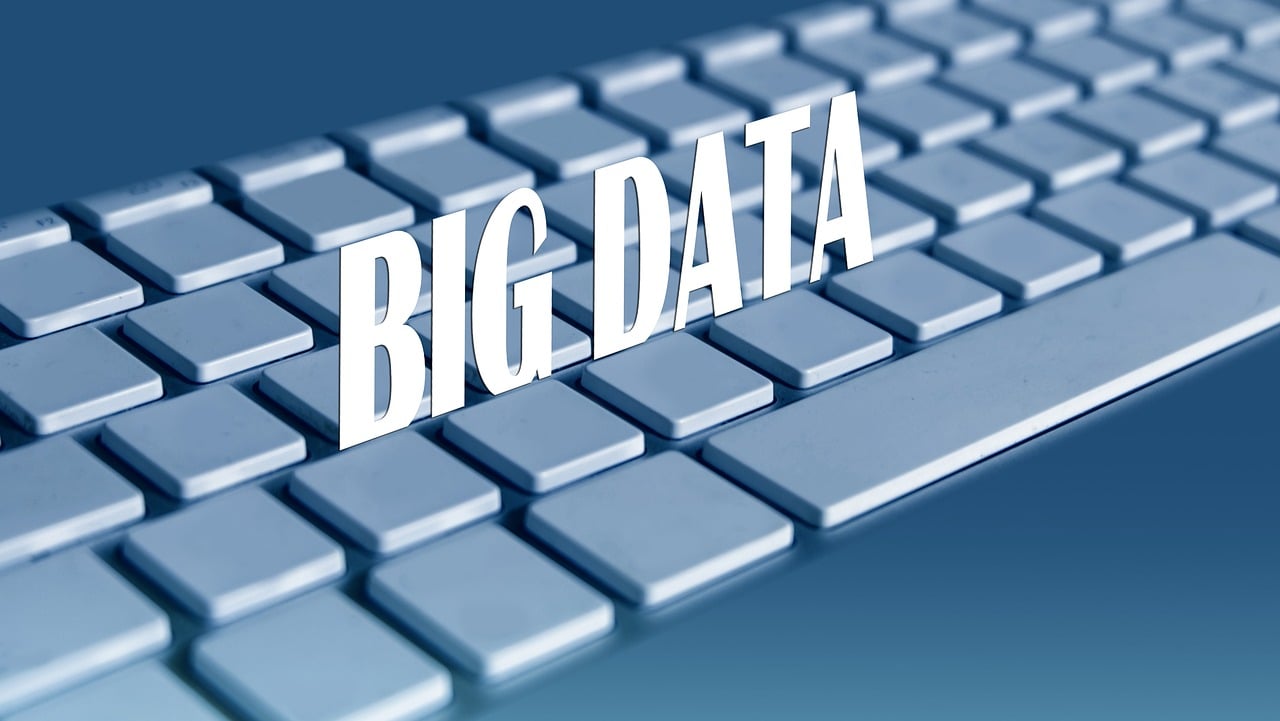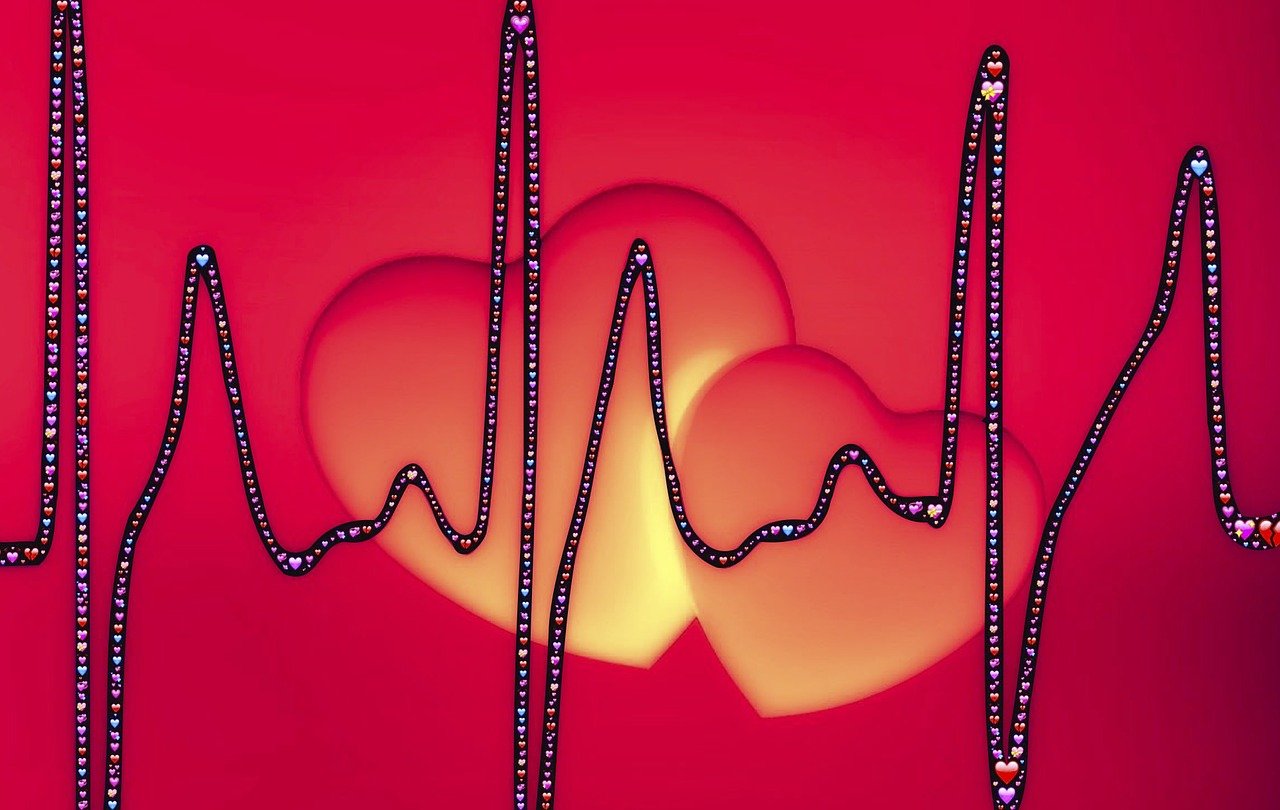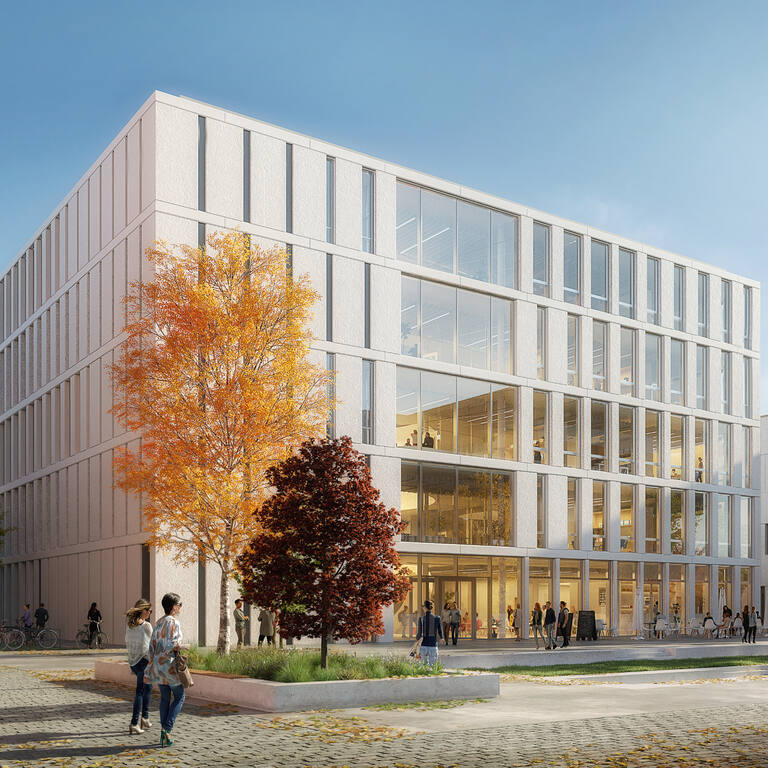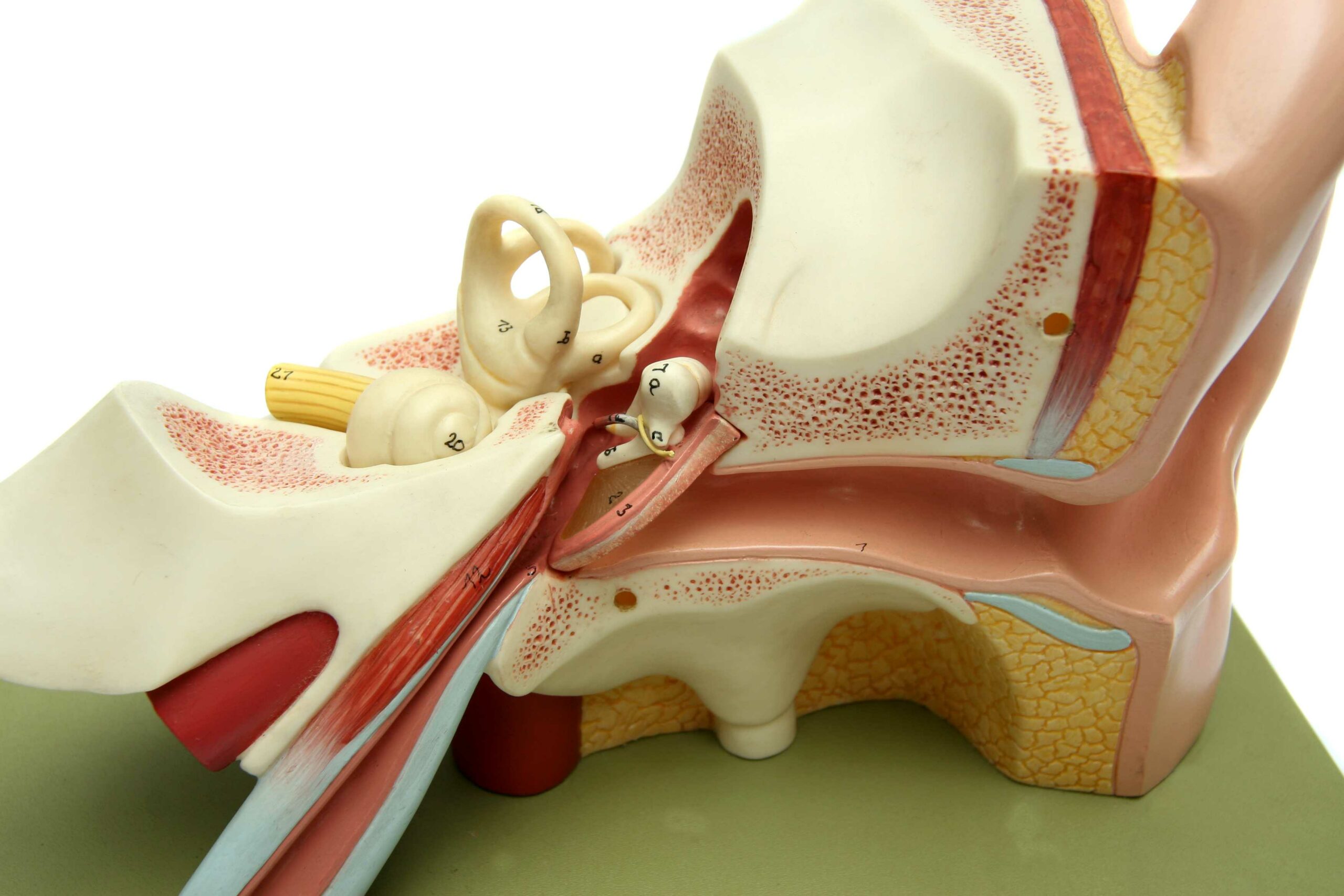Scientists have several ways of collecting data…
In addition to human clinical trials, research into human health is progressing in many other ways.
Epidemiological studies, whatever their methods, aim to discover correlations between certain behaviors (such as smoking), demographic factors (such as age, gender), constitutional factors (such as blood group or immune status, or genome characteristics) or circumstances (such as living in a highly polluted area), and health status.
For example, longitudinal cohort studies (followed over the long term) make it possible, via regular medical follow-up and specific questionnaires, to produce studies relating risk factors (or protective factors) to the occurrence of diseases. In France, for example, the CONSTANCES cohort has included over 200,000 volunteer patients for this purpose. Numerous publications have already been produced in a wide variety of medical fields.
Real-life data are data obtained without any intervention in the usual methods of patient management, but which are generated during routine patient care, thus reflecting current practice. Such data may come from a variety of sources: computerized patient records, information used for healthcare reimbursement; they may be collected specifically, for example as part of pharmacovigilance procedures, or to set up registers or cohorts, or more occasionally as part of ad hoc studies; they may also come from the web, social networks, connected objects and so on. Studies based on such data are increasingly in demand for monitoring the use of healthcare products. It is widely recognized that, when it comes to safety and adverse effects, real-life observations are essential as a complement to clinical trials – and all the more so as trial results are difficult to transpose to the general population, as patients most at risk of adverse effects, fragile patients with multiple co-morbidities, are often not included.
Biomonitoring studies are also carried out. These involve assessing the exposure of individuals to certain chemical substances, either on a one-off basis or at regular intervals, and the impact of this exposure, by analyzing blood or urine samples from the population concerned.
They can also study human biological samples
To enable researchers to study human cells and tissues, they need to organize their supply of human biological samples. Biobanks – banks of tissues, cells, tumors, sera, etc. – hold samples which they supply on request to project. They are supplied with tissue from clinical procedures: biopsies, surgery or post-mortem samples (subject to patient consent). Tissues may also be collected specifically for research purposes. Biobanks can also store organoids.
The “BIOBANQUES” infrastructure federates around a hundred Biological Resource Centers (BRCs), tumor libraries and microbiological resource centers in France. BIOBANQUES helps researchers in the public and private sectors to build their research projects by meeting their needs for biological resources and associated expertise (ethics, bioinformatics, safety and security, methodology, biostatistics, quality).
They use information obtained from medical imaging technologies
Brain imaging techniques, in particular functional magnetic resonance imaging (MRI), are used in research to study human cognition, the functioning of different brain areas in the face of different types of stimuli, and also to understand the dysfunctions observable in pathological phenomena. The information obtained is very rich insofar as it is obtained in the context of interactions with conscious individuals and to study specifically human phenomena.
They use in vivo human studies
As part of therapeutic procedures, with the patient’s consent, it is possible to carry out physiological studies on functions that are usually inaccessible to human experimentation. For example, in the context of intracerebral interventions for refractory epilepsy or tumors, procedure involves placing an electrode in the conscious patient’s brain down to the area to be destroyed. To avoid damaging brain areas with important functions, the patient is asked to respond to small electrode stimulations. In this way, research protocols can be carried out on brain function.
